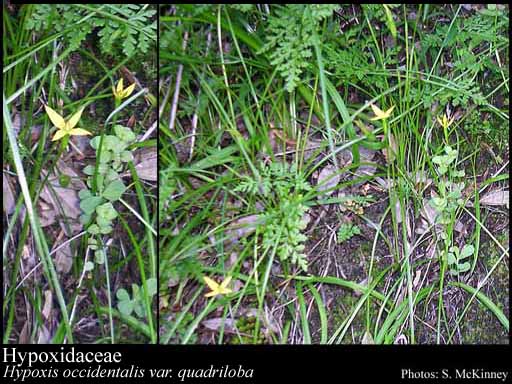- Reference
- Voy.Terra Austral. 2, Appendix III:576 (1814)
- Name Status
- Current

Scientific Description
Family Sometimes included in Amaryllidaceae, Liliaceae.
Habit and leaf form. Herbs. Perennial; plants with a basal concentration of leaves; cormous, or rhizomatous. Mesophytic. Leaves alternate; mostly tristichous; sessile, or petiolate; sheathing. Leaf sheaths with free margins. Leaves with ‘normal’ orientation; simple; epulvinate. Leaf blades entire; linear, or lanceolate; parallel-veined, or pinnately veined (then parallel-pinnate); without cross-venules. Leaf blade margins entire. Leaves with a persistent basal meristem, and basipetal development. Vernation sometimes plicate. Stem anatomy. Secondary thickening absent.
Reproductive type, pollination. Fertile flowers hermaphrodite. Unisexual flowers absent. Plants hermaphrodite. Floral nectaries absent (nectaries lacking).
Inflorescence and flower features. Flowers solitary, or aggregated in ‘inflorescences’; in racemes, in spikes, in heads, and in umbels. The terminal inflorescence unit racemose. Inflorescences scapiflorous; terminal; spikes, racemes or umbellate clusters; with involucral bracts, or without involucral bracts. Flowers regular; 3 merous; cyclic. Perigone tube present, or absent. Perianth of ‘tepals’; 4, or 6; 2 -whorled; isomerous; petaloid; similar in the two whorls; yellow, or white, or red (rarely); persistent (patent). Androecium 3 (rarely), or 4, or 6. Androecial members usually adnate (to the perianth); united with the gynoecium (more or less attached to the base of the style, in Curcilago), or free of the gynoecium; free of one another; 2 -whorled (3+3). Androecium exclusively of fertile stamens. Stamens 3, or 4, or 6; isomerous with the perianth (usually), or reduced in number relative to the adjacent perianth. Anthers dorsifixed, or basifixed; dehiscing via longitudinal slits; introrse; tetrasporangiate. Gynoecium 3 carpelled. The pistil 3 celled (usually), or 1–3 celled. Gynoecium syncarpous; synovarious to synstylovarious; inferior. Ovary unilocular, or plurilocular; 3 locular (usually), or 1 locular (Empodium). Styles 1, or 3; free to partially joined; apical. Stigmas dry type; papillate; Group II type. Placentation when unilocular (i.e. rarely), parietal; usually axile. Ovules arillate (sometimes, carunculate), or non-arillate; anatropous, or hemianatropous.
Fruit and seed features. Fruit fleshy, or non-fleshy; dehiscent (variously), or indehiscent; a capsule, or a berry. Capsules sometimes denticidal, or poricidal. Seeds copiously endospermic. Endosperm oily. Testa encrusted with phytomelan. Seedling. Hypocotyl internode absent. Seedling collar not conspicuous. Cotyledon hyperphyll compact; non-assimilatory. Coleoptile present. Seedling cataphylls absent. First leaf dorsiventral. Primary root ephemeral.
Geography, cytology, number of species. Holarctic, Paleotropical, Neotropical, Cape, Australian, and Antarctic. World distribution: widespread, but not in Europe or Northern Asia. About 150 species.